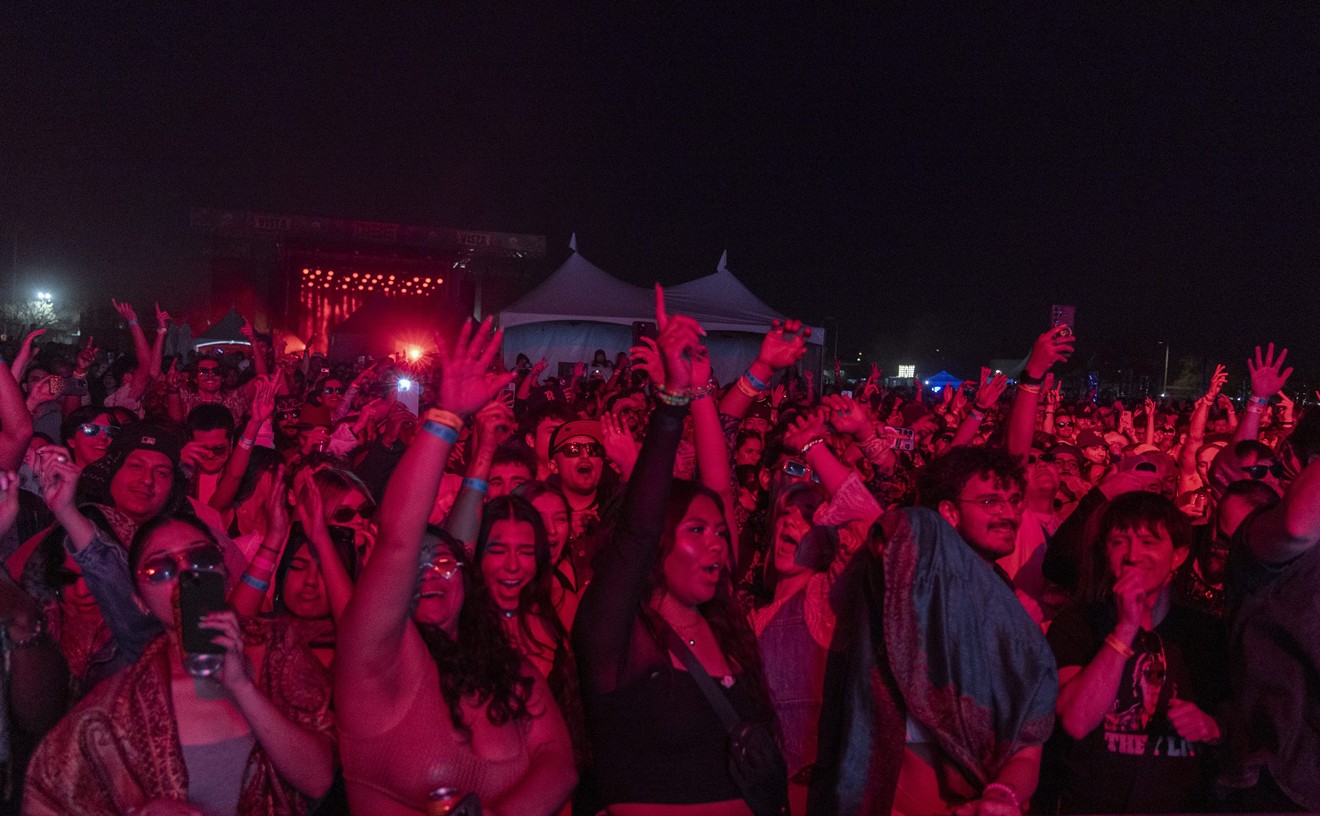Looking at vibist Gary Burton, you'd swear he's a professorial kind of guy. Sometimes bespectacled and sporting a bushy, well-groomed mustache, Burton seems the scientific type, someone who'd be given to inventing, experimenting and creating. In fact, Burton is a professor--a dean of curriculum at Berklee College of Music in Boston. Burton is considered by many to be, quite simply, the best vibraphone player around. In the early Sixties, he pioneered the dexterous technique of using three and four mallets at the same time, all the while drawing from various musical sources to charge up his own creative explorations. Burton, who was with the Stan Getz Quartet between 1964 and 1966, and who has led his own groups since 1967, was one of the first to combine rock with jazz. In doing so, he opened up a generation of non-jazz ears to his sounds. Burton's lyrical, thoughtful, inventive approach has been applauded by fellow musicians Larry Coryell, Steve Swallow, Carla Bley, Chick Corea and a score of others willing to delve into new sounds and rhythms. He's now in his 25th year in the music business, and balances a hectic schedule of performing, touring and recording with his responsibilities for Berklee's 3,000-plus students.
Burton, the teacher, leads not by instruction, but by example. Just as he's avoided buying into certain trends or genres as a performer, he encourages his pupils to lead their own way.
"My advice to students is to follow what your instincts tell you. Listen to the advice, but follow that instinct."
Not that this is something creative musicians have to learn. Burton says that improvisation leads naturally to exploration.
"When you're an improviser," Burton says, "your music is an ear-based music. You never know what will catch your fancy. Latin sounds, classical, ethnic, even Argentine music. Jazz musicians like tango music. It relates to my instincts."
Burton's musical lineage, oddly enough, can be traced to country and classical. "But at the moment," he says, "the main influence is jazz music and what's gone before in the era of jazz. There's a common heritage there . . . but a broad spectrum. Jazz is not a classical music, with a specific body of work and a narrowly defined repertoire."
Sounds like the style defies description. But that doesn't bother Burton. "Students and musicians have a strong attraction to certain periods," he says. "Whatever you're attracted to, that's what you should do."
Today, says Burton, the jazz world welcomes and encourages all styles, which wasn't always the case. "There used to be a single dominant style that was identified with each decade--swing, big band, bebop, the cool school. The audience for jazz was smaller numerically. Far more thousands now are aware of the music. Public TV, public radio, better record distribution have created more global audiences. We play now to huge numbers, not like it was when I first started touring. We'd do a date in L.A., a date in Chicago, a date in New York and a few dates in the Midwest. There is now a bigger audience and a diversity of styles in vogue. We've got fusion, rebirth of bebop, acoustic contemporary jazz, even new-age. New-age may not be jazz, but stylistically, there's a wide range of choice for today's jazz listener. All of these are currently in growth, currently active and currently in development."
Burton continues to search for new ideas, and at some point in the near future, he's considering working with "a major jazz singer," he says. "Not because I wanted to appeal to the pop side, but I always thought it'd be a real thrill to do." Listing Sarah Vaughan, Carmen McRae, Joe Williams, and Betty Carter as his favorites, Burton admires singers for the "way they bring expression to the melody. They know how to sell the notes you're making to the listener."
Burton is now dabbling in videos, but he says his aren't "typically staged videos, just concert videos. There's one with Chick [Corea, a long-time recording partner of Burton's], one with my group and one of Chick and myself that has photographs and images to our music."
Both the exposure Burton's received via videos and the opportunities he's had to record with everyone from Corea to Swallow lead him to remember his childhood, when music wasn't always so accessible.
"When I was younger," he recalls, "in order to listen to any music, I would go into my parents' living room, step up to this thing that was the size of a Volkswagen, put on a scratchy record, and listen for fifteen minutes before I had to turn it over and listen to the other side. I could only listen to it a hundred times before it wore out. Now, there are CDs, LPs, [stereos in] cars, Walkmans and live performances more available. People spend all or more of their time listening to many different kinds of music.









